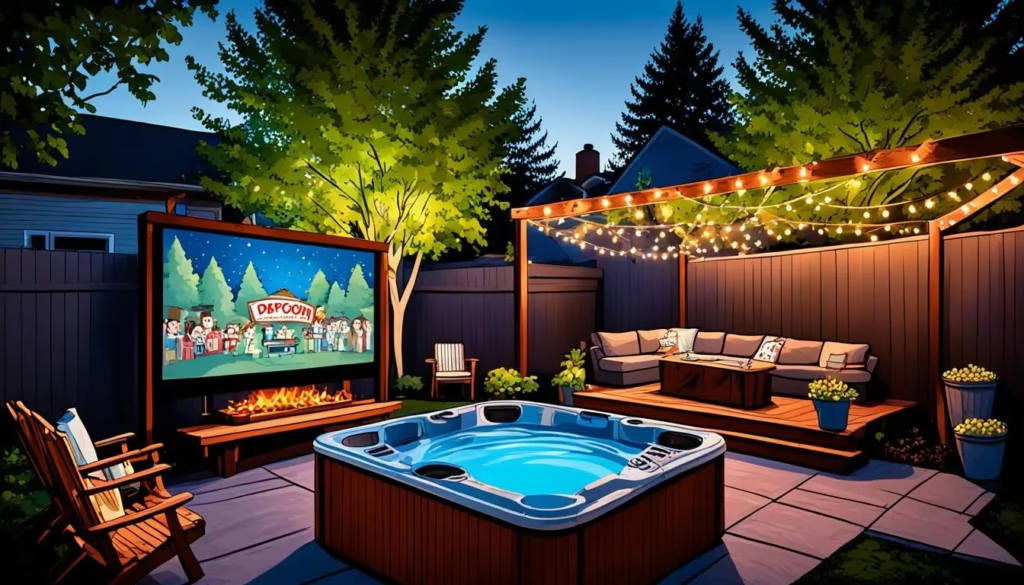Let’s be honest — DIY website builders look tempting. They promise fast results, no coding, and low monthly fees. For a small business owner or freelancer, it sounds like the perfect deal.
But here’s the catch: what you save upfront, you often lose in performance, flexibility, and long-term growth.
If you’ve built your site on a drag-and-drop platform and it’s not bringing in leads, this article is for you.
1. Templates Look Nice — But They Don’t Convert
Most DIY platforms offer hundreds of templates. They’re clean, modern, and easy to customize. But they’re also generic.
Your business isn’t generic. Your website shouldn’t be either.
Templates often lack the structure needed for custom website development — things like strategic layout, trust signals, and conversion-focused design. They’re built to look good, not to guide users toward action.
If your homepage doesn’t clearly explain what you do, who you help, and how to get started, visitors will bounce. Fast.
2. SEO Limitations Are Real
DIY builders love to say they’re “SEO-friendly.” But that’s only true to a point.
Many platforms limit your ability to:
- Customize meta tags and structured data
- Control page speed and caching
- Optimize mobile responsiveness
- Build clean URL structures
And if your site isn’t ranking, it’s not working.
Real SEO requires control — and most DIY platforms don’t give you enough of it. You can learn more about SEO-friendly design and how it impacts visibility.
3. You’re Locked Into Their Ecosystem
Want to add a custom feature? Integrate with a third-party tool? Migrate your site to another platform?
Good luck.
DIY builders often lock you into their ecosystem. You can’t export your site easily. You can’t tweak the backend. You’re stuck with their limitations — and their pricing.
It’s like renting a storefront where you can’t change the layout, paint the walls, or move the furniture. That’s fine for a hobby. Not for a business.
4. Mobile Experience Is Often an Afterthought
Over half of your visitors are coming from mobile devices. If your site doesn’t look and feel great on a phone, you’re losing leads.
DIY platforms often struggle with mobile optimization. Buttons are too small. Text overlaps. Pages load slowly.
A truly responsive site adapts to every screen — and that’s something most templates don’t handle well.
5. You’re Missing Strategic Guidance
Building a website isn’t just about dragging blocks into place. It’s about understanding your audience, mapping their journey, and guiding them toward action.
DIY platforms don’t offer that. They give you tools — not strategy.
That’s why working with a team that understands custom website development can make all the difference. It’s not just about building pages. It’s about building growth.
You can explore how we approach this on Web Design New York.
6. Support Is Limited — When You Need It Most
Something breaks. A plugin stops working. Your contact form doesn’t send emails.
With DIY platforms, support is often slow, generic, or outsourced. You’re left Googling fixes or waiting days for a reply.
When your site is your storefront, downtime costs money. You need fast, reliable help — not a chatbot that says “please try again later.”
7. You Outgrow It — Fast
DIY builders are great for getting started. But as your business grows, your needs change:
- You want better analytics
- You need custom integrations
- You want to scale your content
- You need faster load times
And suddenly, your DIY site feels like a bottleneck.
Migrating to a custom-built platform later is possible — but it’s often more expensive than starting right the first time.
So What’s the Alternative?
You don’t need a massive budget. You need a smart build.
A custom site gives you:
- Full control over design and functionality
- Better SEO and performance
- Scalable architecture
- Strategic guidance from day one
It’s not just about having a website. It’s about having a website that works.
If your DIY site isn’t delivering results, maybe it’s time to upgrade. Let’s talk about what’s holding you back — and how to fix it.






